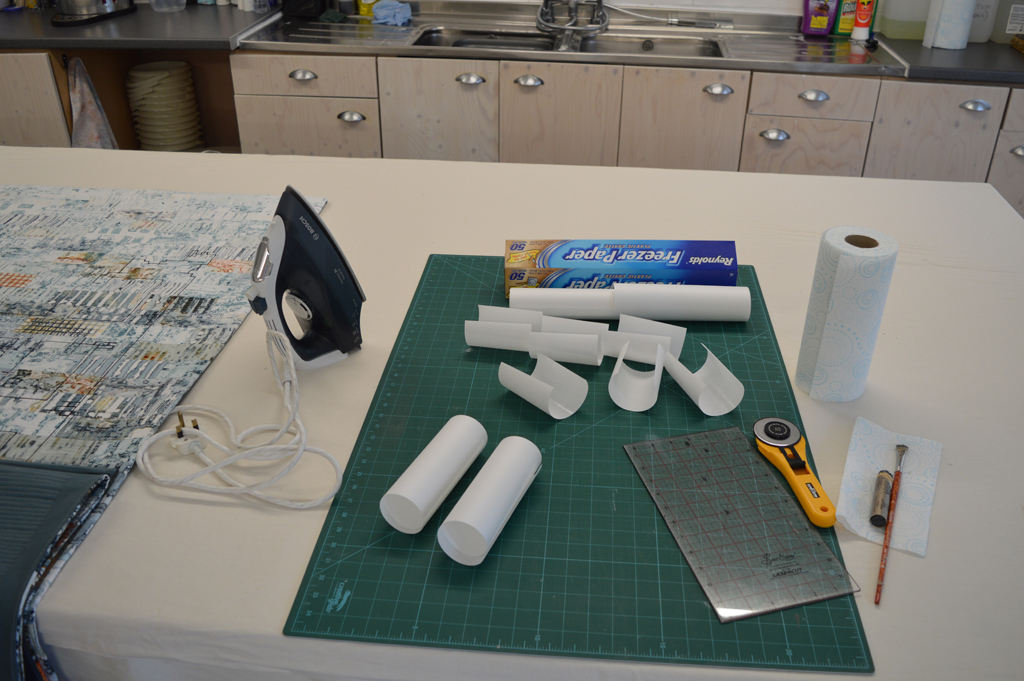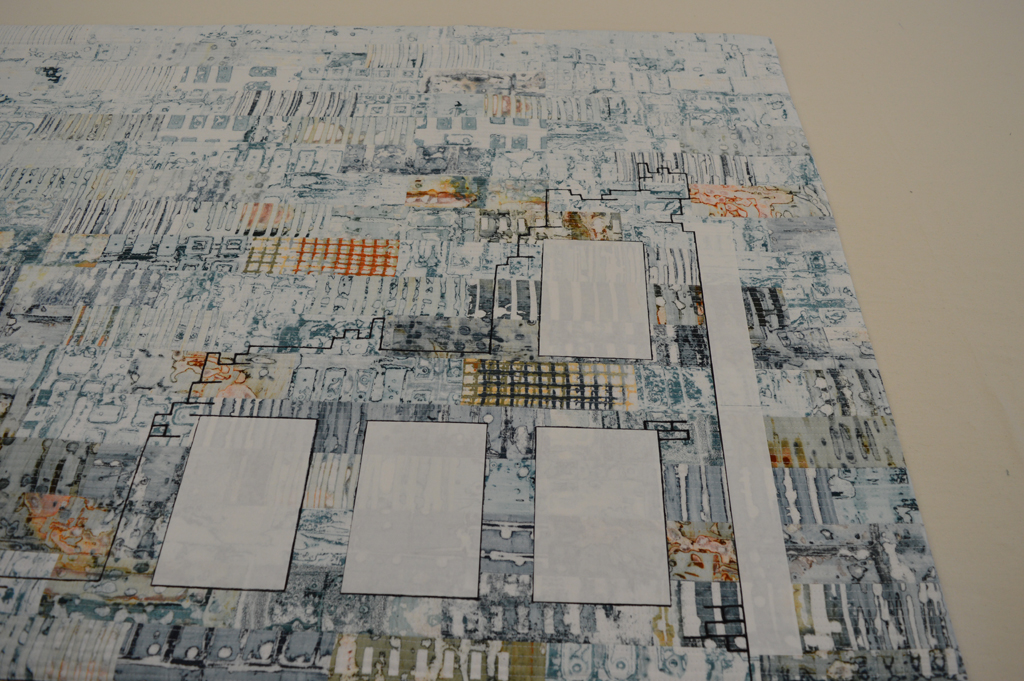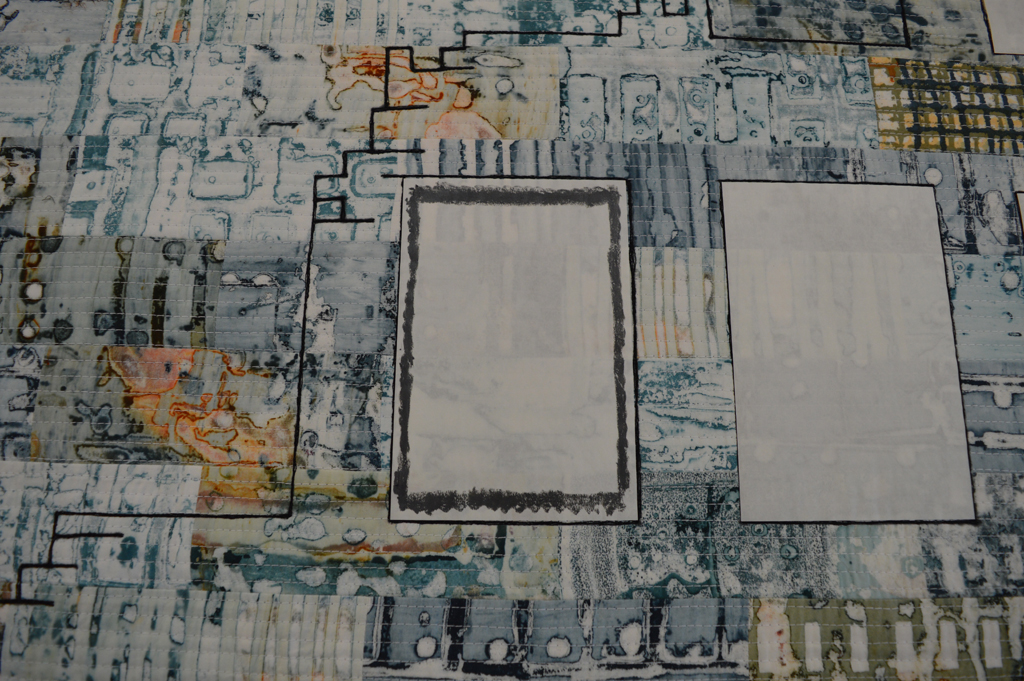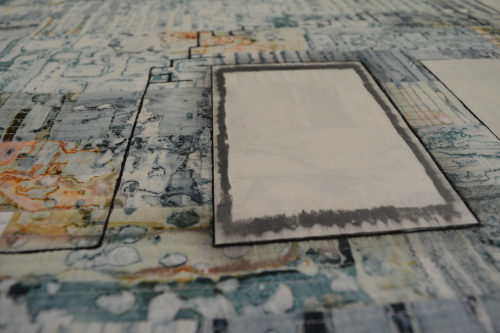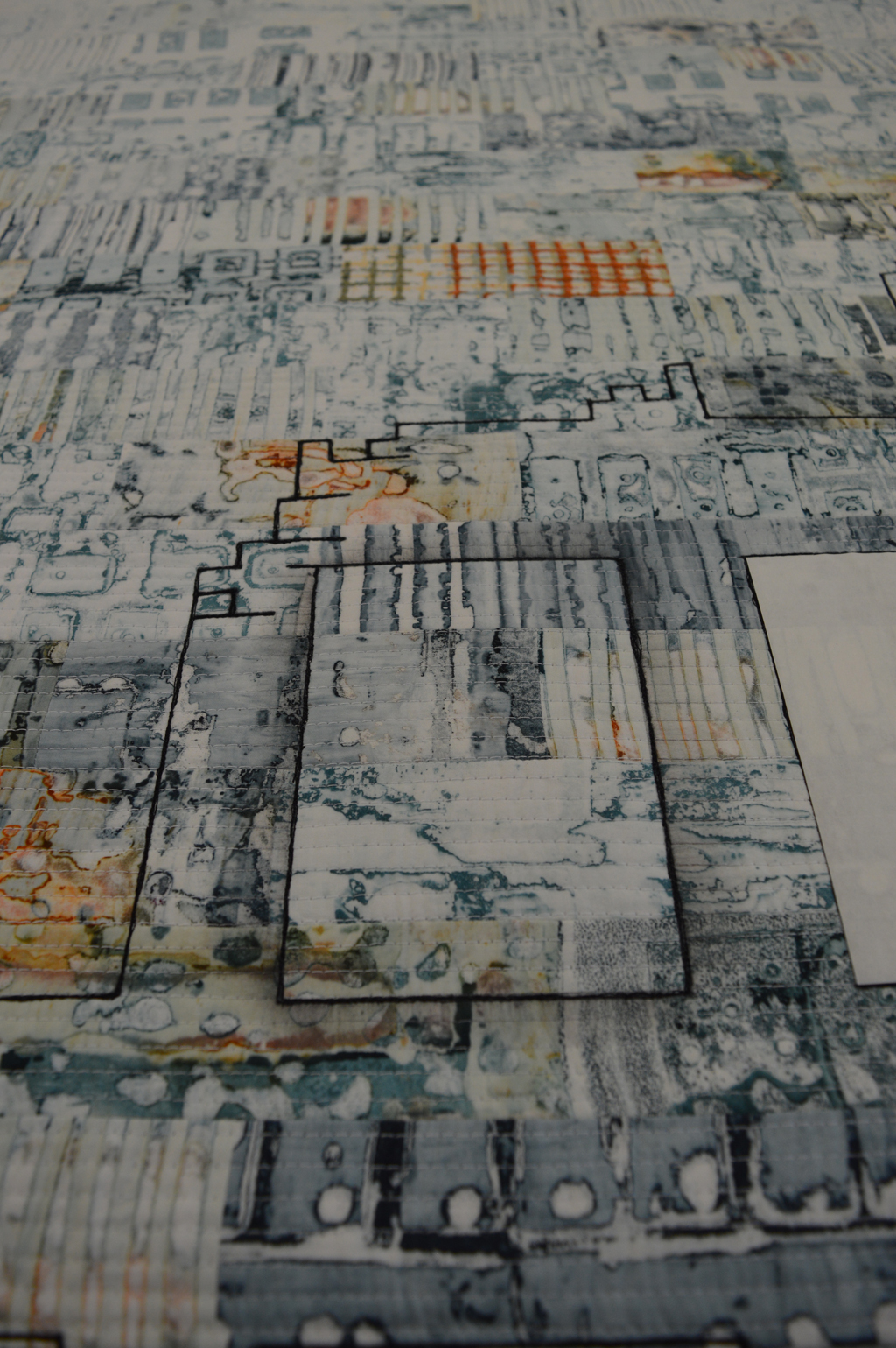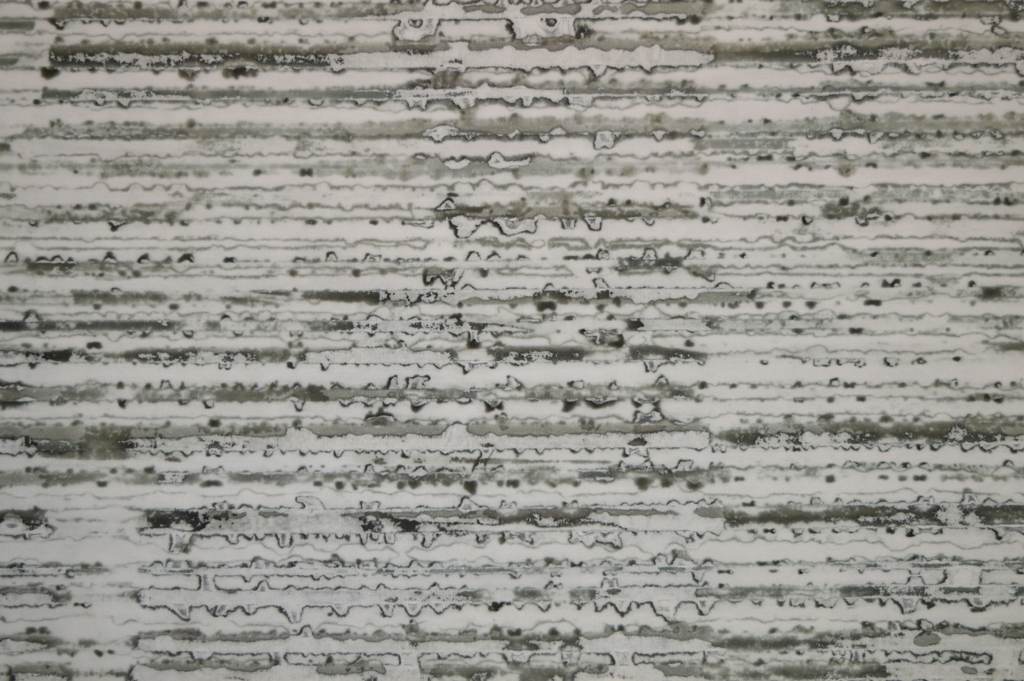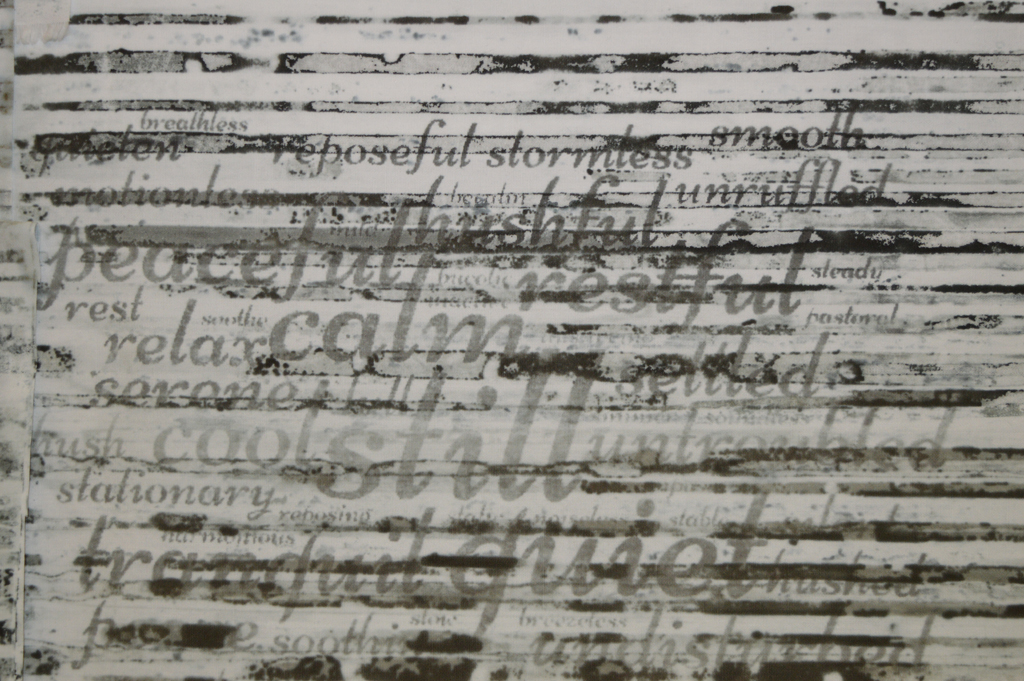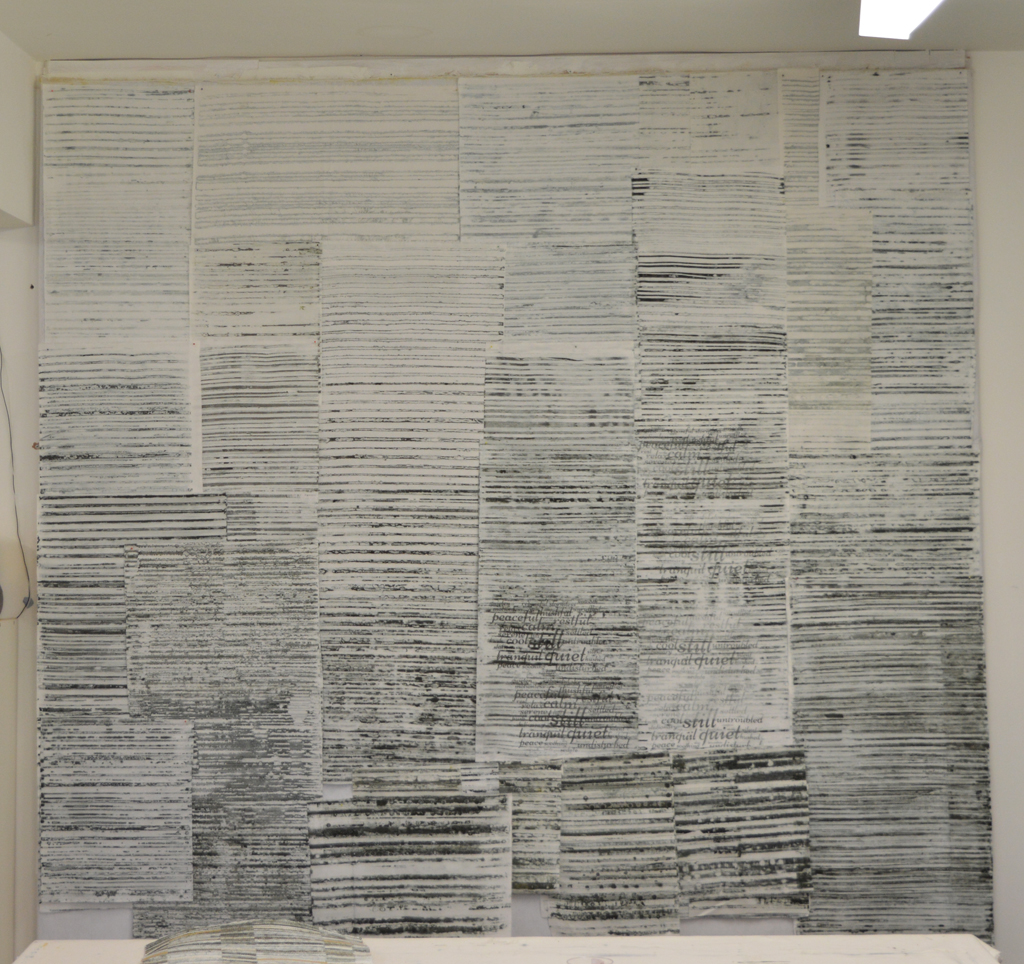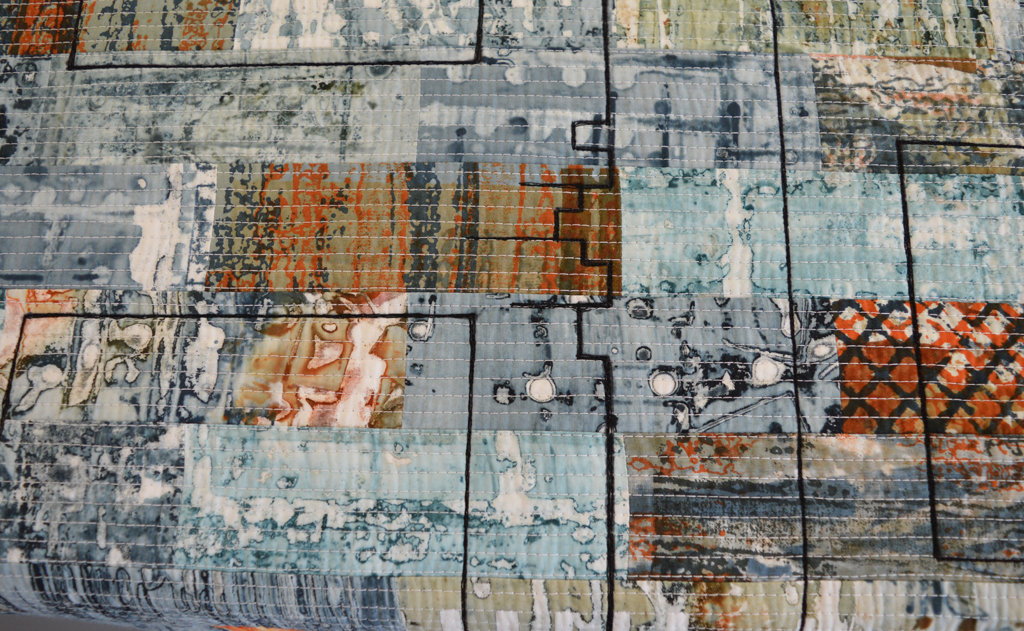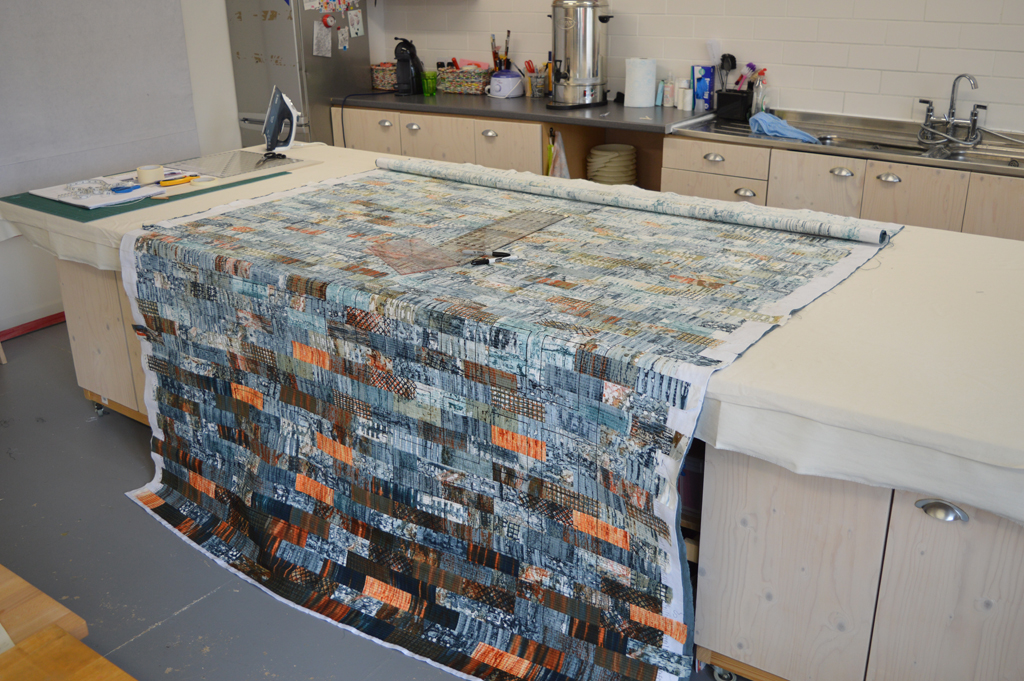 One of the things I like about my new day job is that there is less travelling and generally more 'regular' hours. I will have more time in the studio and be better able to plan my output.
One of the things I like about my new day job is that there is less travelling and generally more 'regular' hours. I will have more time in the studio and be better able to plan my output.
But this week I have had a couple of very long days and on Saturday I fly out to the US for a week. So my plan to work at the bench breakdown printing with my new colourway is on hold. I print using thickened procion dyes on cotton so I could leave the printed pieces rolled up in plastic for weeks before I wash them out but I prefer to get in a rhythm of printing, washing / drying, assessing then printing. Don't ask my why but the first piece of fabric I print after a period away from the bench is always disappointing and often butt ugly!
Instead I have spent my few hours in the studio this week working on my piece for the SAQA call Made in Europe. All the 'construction' work is complete and I am now stitching lots and lots of parallel lines. If you look closely above you will see that I keep my lines straight by using my walking foot as a guide and placing masking tape strips about 1 inch apart. I may not be in complete control of my schedule but boy do I control those lines!
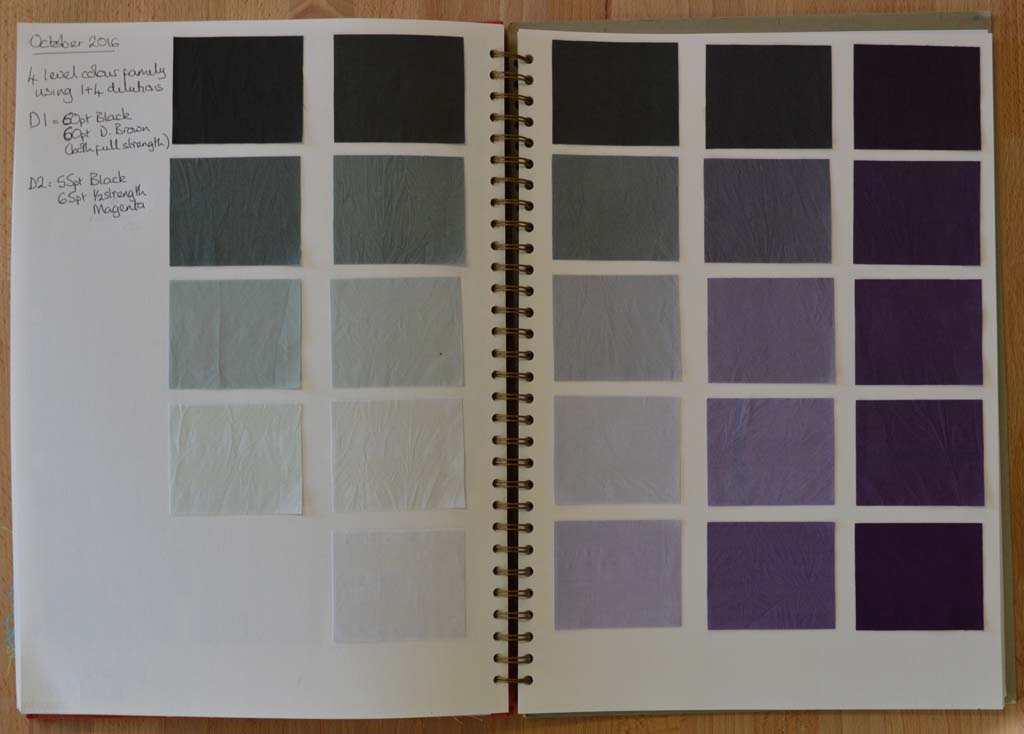 After multiple attempts I am now happy with my new colour family. I am calling it 'traces' as I'm hoping to use it to create a new body of work based on iconic industrial buildings that no longer exist. I spent my childhood summers staying with my grandparents in a small village north of Nottingham. The area was criss-crossed with coal seams and every journey took us past pit heads. These buildings don't exist anymore but I bet most people my age who spent time in the north of England know exactly what I am thinking off.
After multiple attempts I am now happy with my new colour family. I am calling it 'traces' as I'm hoping to use it to create a new body of work based on iconic industrial buildings that no longer exist. I spent my childhood summers staying with my grandparents in a small village north of Nottingham. The area was criss-crossed with coal seams and every journey took us past pit heads. These buildings don't exist anymore but I bet most people my age who spent time in the north of England know exactly what I am thinking off.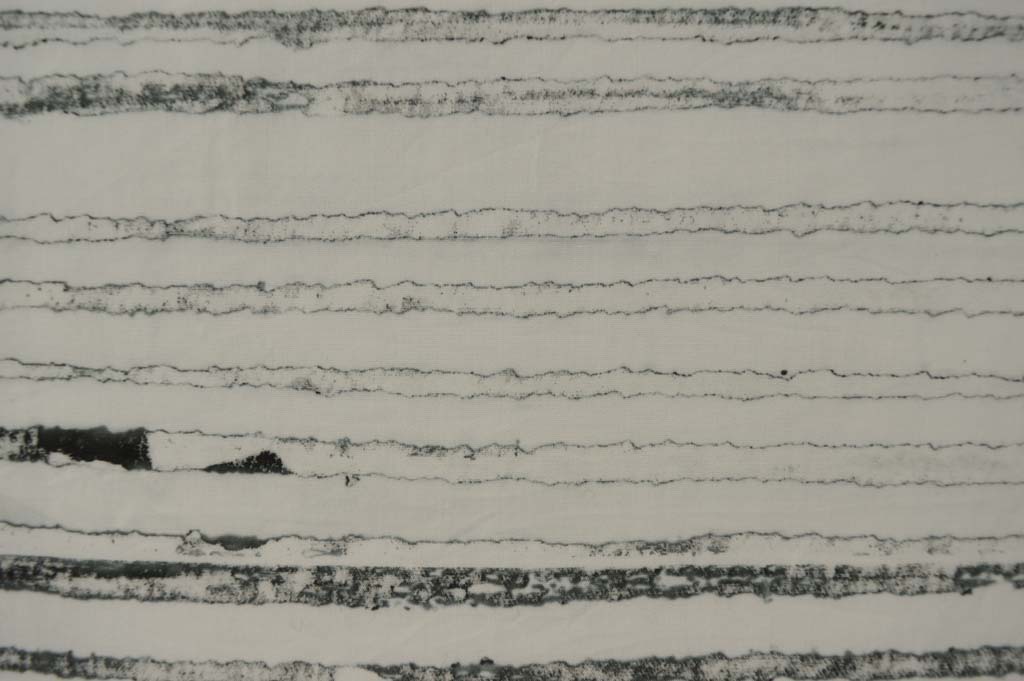
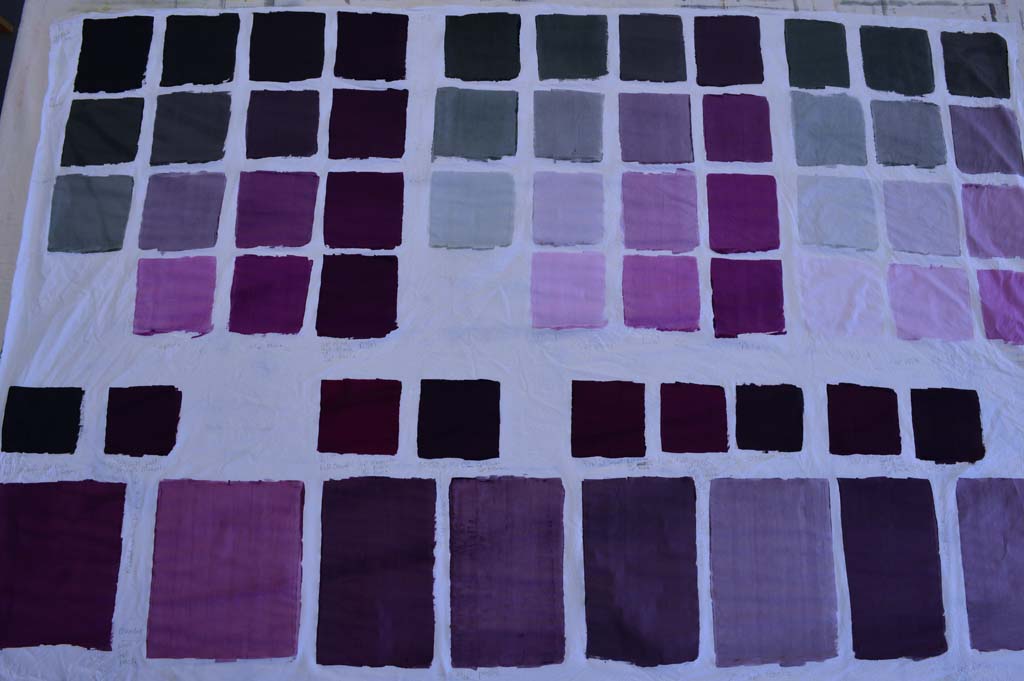 I've written about colour families before. I learnt about them on a wonderful class with
I've written about colour families before. I learnt about them on a wonderful class with 



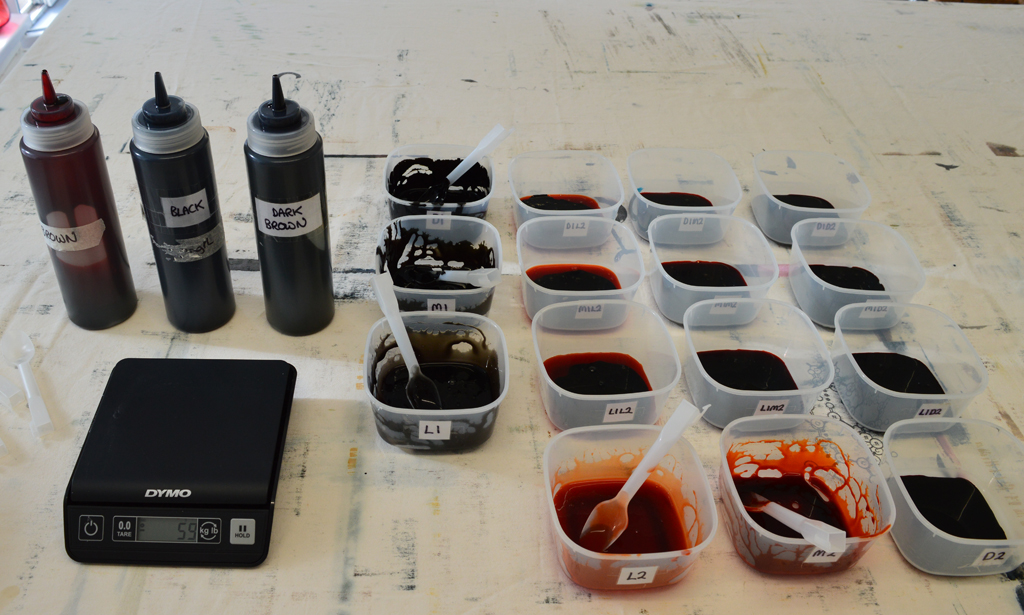
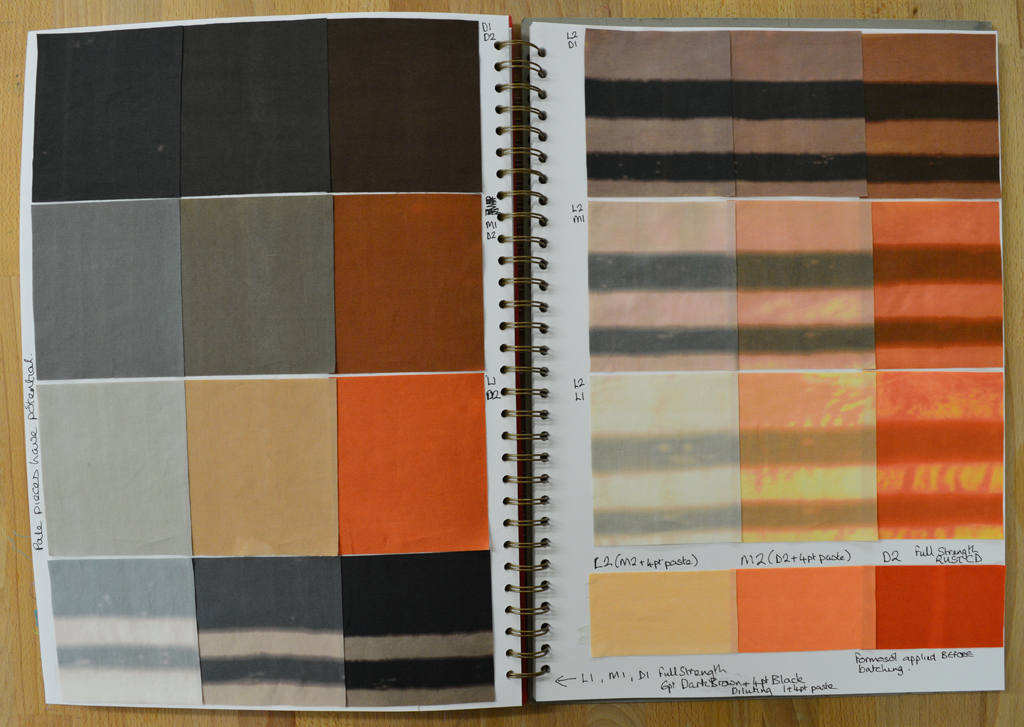
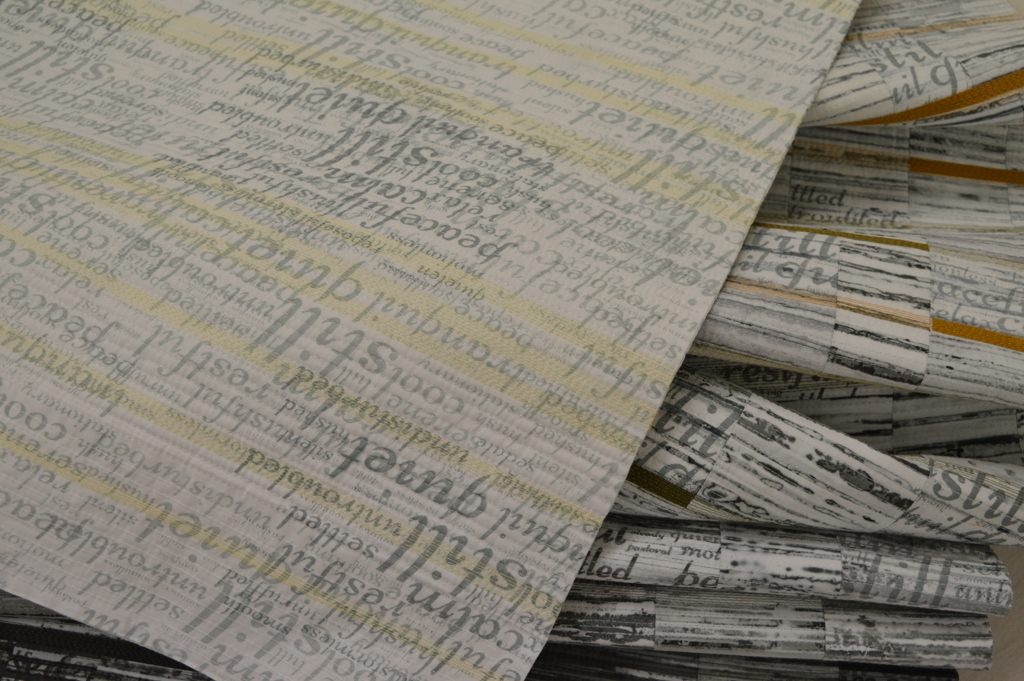 When I needed to photograph a really big Ruins piece in August I ended up borrowing a studio and some lighting. (The design walls in my wonderful studio just weren't big enough.) And whilst I was happy with the result it was a lot of effort to 'book' the studio, transport the quilt etc. So, with help from son
When I needed to photograph a really big Ruins piece in August I ended up borrowing a studio and some lighting. (The design walls in my wonderful studio just weren't big enough.) And whilst I was happy with the result it was a lot of effort to 'book' the studio, transport the quilt etc. So, with help from son 
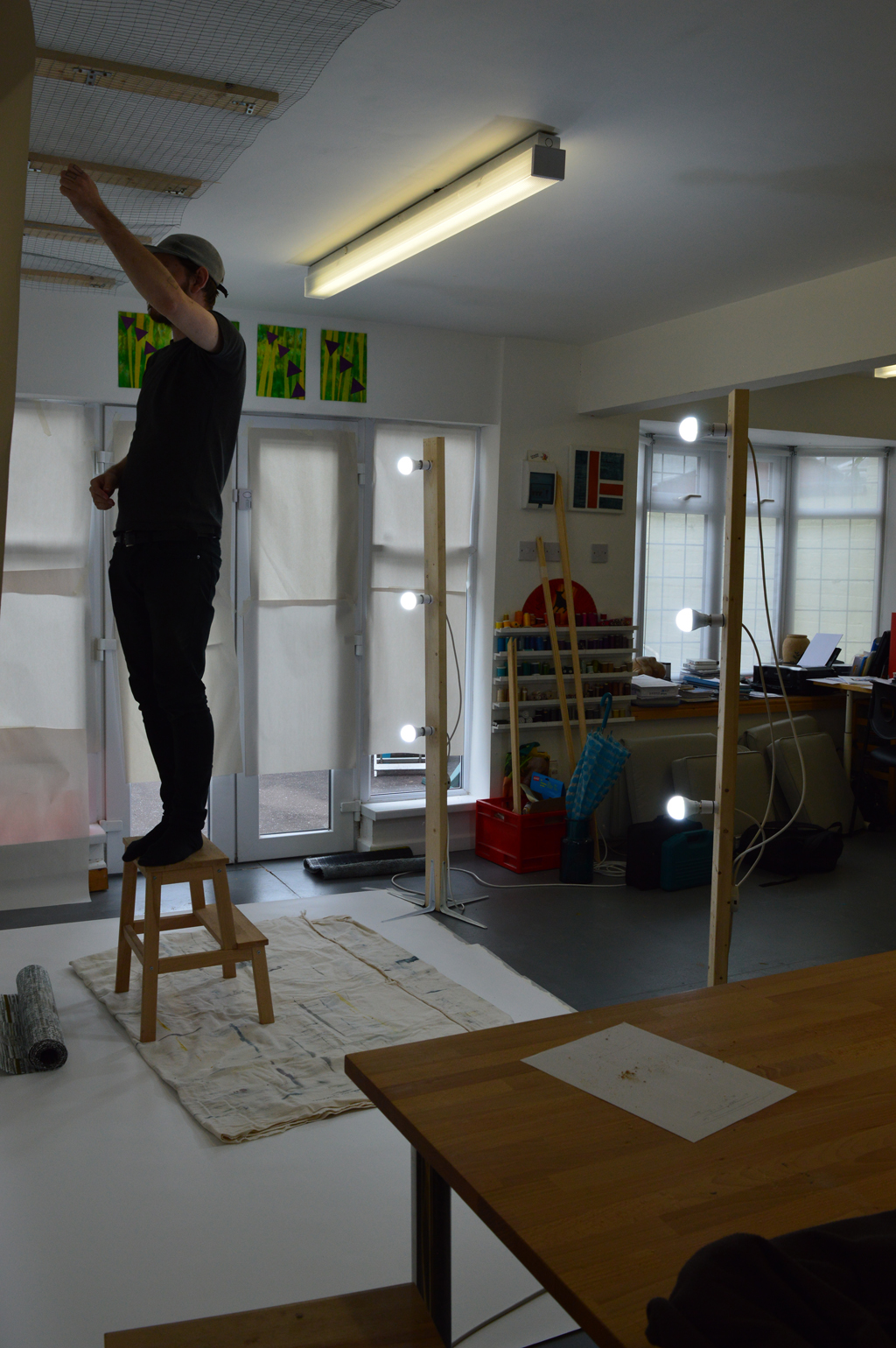
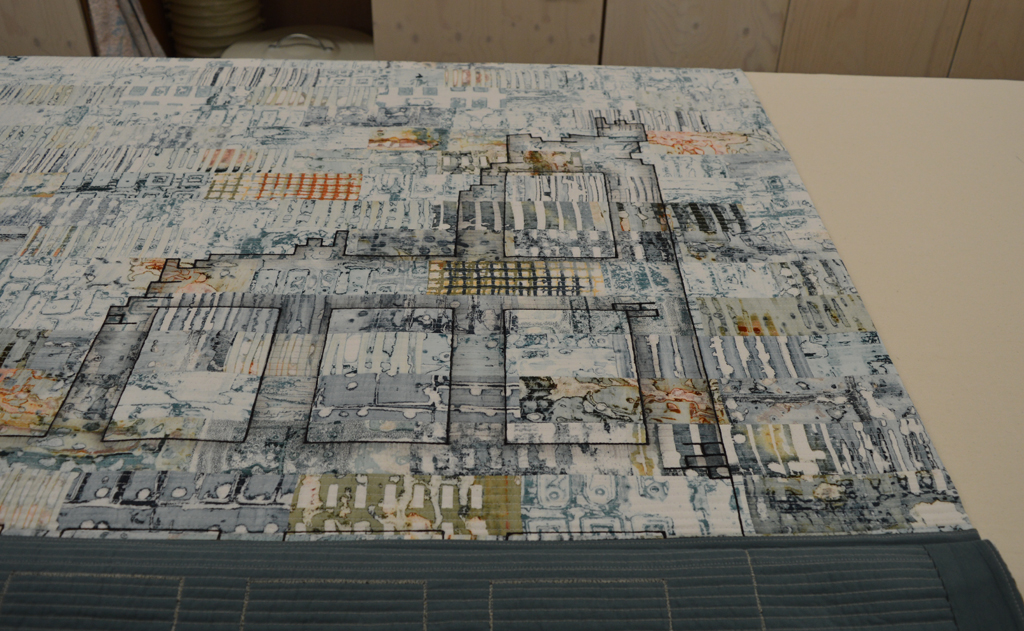 It is scary stuff adding colour to a piece that I have already invested hours and hours of my time in but it needed to be done. I was not happy with the piece and would probably have filed it in the bin so what did I have to loose? But it has been a long time since I added colour to a finished piece so I spent a pleasant morning trying different types of media and different application techniques on some small Ruins samples. I chose a Markal oil stick and yesterday started applying colour to Ruins 7.
It is scary stuff adding colour to a piece that I have already invested hours and hours of my time in but it needed to be done. I was not happy with the piece and would probably have filed it in the bin so what did I have to loose? But it has been a long time since I added colour to a finished piece so I spent a pleasant morning trying different types of media and different application techniques on some small Ruins samples. I chose a Markal oil stick and yesterday started applying colour to Ruins 7.